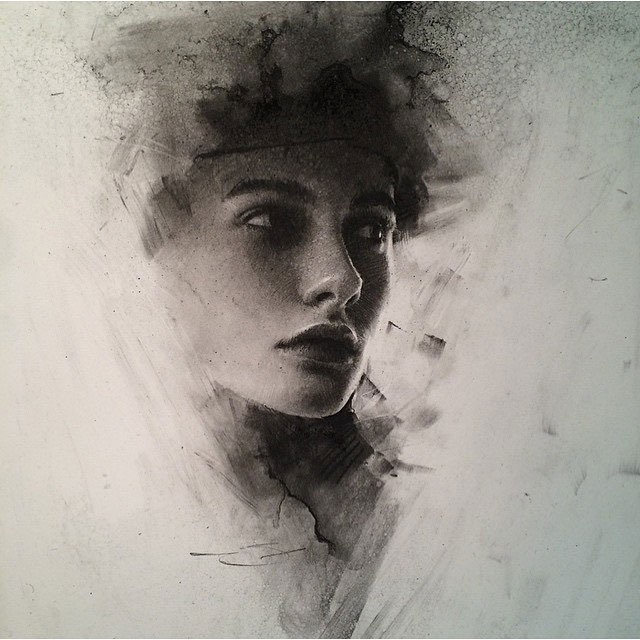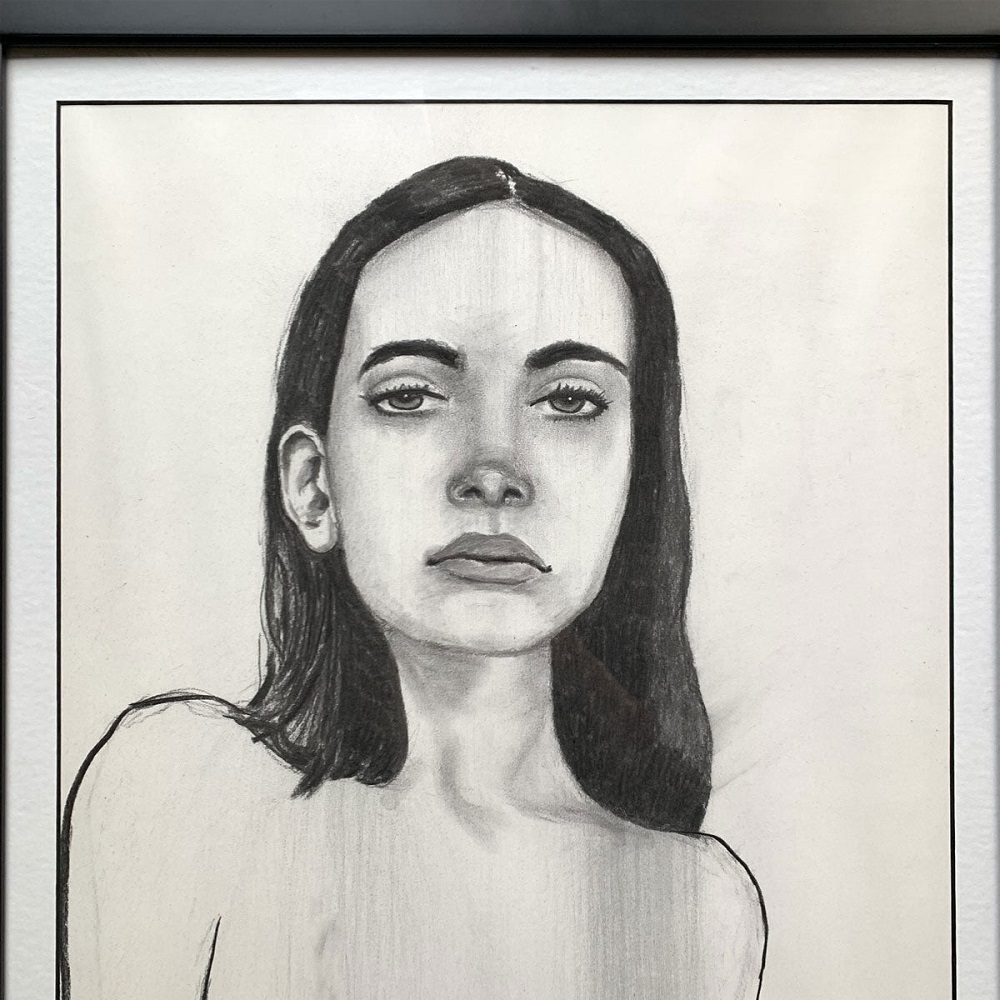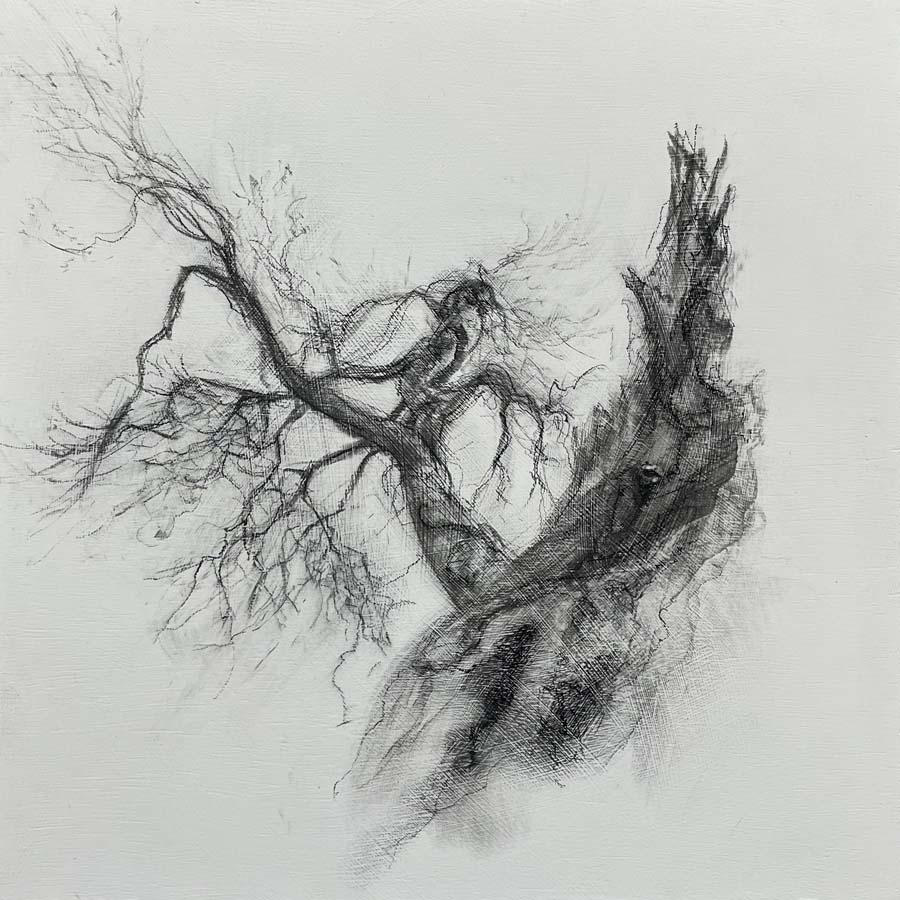Charcoal drawing, a time-honored art form, has captivated artists for centuries. The simple yet versatile medium of charcoal allows for the expression of a vast range of emotions, textures, and values, making it an ideal tool for both beginners and seasoned artists. As you delve into the world of charcoal drawing, you embark on a journey of self-discovery, where creativity flourishes, and technical skills intertwine to create breathtaking works of art. This article will explore the captivating aspects of charcoal drawing, guiding you through the fundamentals, techniques, and benefits of this transformative art form.
The Allure of Charcoal: Embracing the Basics
Charcoal, derived from burnt wood, possesses a unique character that sets it apart from other drawing mediums. Its soft, powdery texture allows for a wide range of tonal values, from delicate washes to deep, rich blacks. The inherent smudgeability of charcoal enables artists to create smooth transitions, soft gradations, and atmospheric effects. Whether you opt for compressed charcoal sticks for bold strokes or willow charcoal for fine details, the choice of charcoal type becomes an integral part of your artistic expression.

Understanding the Properties of Charcoal:
Compressed Charcoal
Made by compressing finely ground charcoal powder, compressed sticks offer a darker, bolder line and are ideal for creating solid shapes and dramatic contrasts.
Willow Charcoal
Crafted from burnt willow twigs, willow charcoal is softer and more delicate. It excels in creating subtle transitions, soft shading, and fine details.
Vine Charcoal
This variety of charcoal is made from vine branches, resulting in a softer, more crumbly texture. Vine charcoal is excellent for light sketching and blending.
Beyond the charcoal itself, understanding the tools that complement your artistic journey is crucial. A sturdy drawing surface, such as paper or canvas, provides the foundation for your charcoal masterpiece. Paper with a rough texture will hold charcoal more effectively, creating a more pronounced line and providing greater textural depth. Conversely, smooth paper creates a smoother, more polished finish. Additionally, blending tools, such as stumps, tortillons, and even your fingers, can be used to soften edges, create subtle transitions, and add depth to your drawings.
Mastering the Fundamentals: Techniques and Approaches
The charcoal drawing art rests on a foundation of essential techniques that unlock your artistic potential. These techniques, combined with careful observation and a keen sense of light and shadow, enable you to translate your vision onto the drawing surface.

Drawing Techniques for Charcoal:
Line Drawing
The foundation of charcoal drawing, line drawing involves using charcoal sticks to create basic shapes, outlines, and contours. This technique is crucial for establishing the composition and structure of your drawing.
Hatching and Cross-Hatching
This technique involves using parallel lines to create tonal variations. Hatching involves drawing lines in one direction, while cross-hatching uses lines intersecting at different angles to create depth and texture.
Blending
Blending is the process of softening edges and creating smooth transitions between tones. The blending tools like stumps, tortillons, and even fingers can be used to achieve a smooth, seamless effect.
Smudging
This technique involves using your fingers or a soft cloth to rub the charcoal, creating a hazy, atmospheric effect. Smudging is ideal for rendering soft textures, creating atmospheric backgrounds, or adding a sense of movement.
Stippling
This technique involves using dots to create tonal variations. By varying the density and size of the dots, you can create subtle transitions and textures.
Tips for Enhancing Charcoal Drawing:
Start with a light touch
When starting a charcoal drawing, apply a light pressure to the charcoal stick. This allows you to easily adjust and refine your lines as needed.
Use a light source
Observing how light interacts with the subject matter is crucial. Identify the light source, the direction of the light, and how it casts shadows. This understanding will inform your shading and give your drawing depth and realism.
Experiment with different types of charcoal
As you progress, explore the different types of charcoal and their unique qualities. Choose the charcoal that best suits the desired effects for each project.
Use fixative
To prevent smudging and preserve your charcoal drawing, apply a fixative spray to the finished piece. Fixative is a clear, protective coating that helps to bind the charcoal to the paper.
Unveiling the Benefits of Charcoal Drawing
The practice of charcoal drawing art offers a myriad of benefits, extending beyond the creation of beautiful works of art. The tactile nature of the medium engages your senses, allowing you to connect deeply with the creative process. Moreover, charcoal drawing art fosters a range of skills and personal qualities, enriching your artistic journey and personal growth.

The Rewards of Charcoal Drawing:
Enhanced Observation Skills
Charcoal drawing art requires you to closely observe your subject matter, analyzing its form, light, and shadow. This heightened awareness cultivates your observational skills, which can be applied to various aspects of your life.
Improved Hand-Eye Coordination
The delicate act of manipulating charcoal and controlling the pressure applied to the drawing surface refines your hand-eye coordination.
Increased Patience and Focus
Charcoal drawing art is a meditative process that requires patience and focus. The act of building up layers of charcoal, meticulously observing and refining details, fosters a sense of calmness and concentration.
Expressive Freedom
Charcoal drawing art allows for spontaneous expression, where your imagination and intuition guide your artistic choices. The fluidity and versatility of charcoal encourage exploration, experimentation, and uninhibited creativity.
Developing a Sense of Value
Charcoal drawing art provides an exceptional platform for understanding and manipulating value, the range of light and dark tones. By carefully layering charcoal and creating smooth transitions, you gain a deeper understanding of how value contributes to form, texture, and depth.
Building Confidence
The process of creating charcoal drawings, from initial sketches to finished works, instills a sense of accomplishment and confidence. As you master the techniques and observe your progress, your confidence in your artistic abilities will grow.
Exploring the World of Charcoal Drawing
As you delve deeper into the captivating world of charcoal drawing, seeking inspiration and guidance can propel your artistic journey to new heights. Drawing inspiration from the works of renowned charcoal artists and exploring online resources can ignite your creativity and expand your artistic horizons.
Finding Inspiration:
Study the Masters
Examine the works of celebrated charcoal artists like Michelangelo, Leonardo da Vinci, and Edgar Degas. Analyze their masterful use of line, value, and composition to gain valuable insights into the techniques and principles of charcoal drawing.
Explore Online Resources
Websites, blogs, and social media platforms offer a wealth of inspiration and educational content. Search for tutorials, step-by-step guides, and galleries featuring charcoal drawings to discover new techniques and artistic styles.
Join Drawing Groups
Connect with other artists through online forums, drawing groups, or workshops to share your work, exchange ideas, and receive feedback.
Seeking Guidance:
Take a Class
Enroll in a charcoal drawing class or workshop to receive expert instruction from experienced artists. Structured lessons can provide you with a solid foundation in the fundamentals of charcoal drawing and guide you through various techniques.
Seek Feedback
Share your charcoal drawings with fellow artists, instructors, or online communities for constructive feedback. This feedback can help you identify areas for improvement and inspire you to experiment with new approaches.
Practice, Practice, Practice
The key to mastering any art form is consistent practice. Dedicate regular time to charcoal drawing, exploring different subjects, experimenting with techniques, and refining your skills.
A Charcoal Journey of Artistic Expression
Charcoal drawing, a timeless art form, offers a unique and rewarding experience for artists of all levels. By understanding the fundamentals, mastering techniques, and embracing the benefits, you unlock a world of artistic expression, self-discovery, and creative fulfillment. Whether you are a beginner taking your first steps or an experienced artist seeking new horizons, charcoal drawing art holds the power to ignite your creativity and transform your artistic vision into stunning works of art. As you embark on your charcoal journey, remember to embrace the process, celebrate your progress, and allow the magic of charcoal to guide your creative spirit.